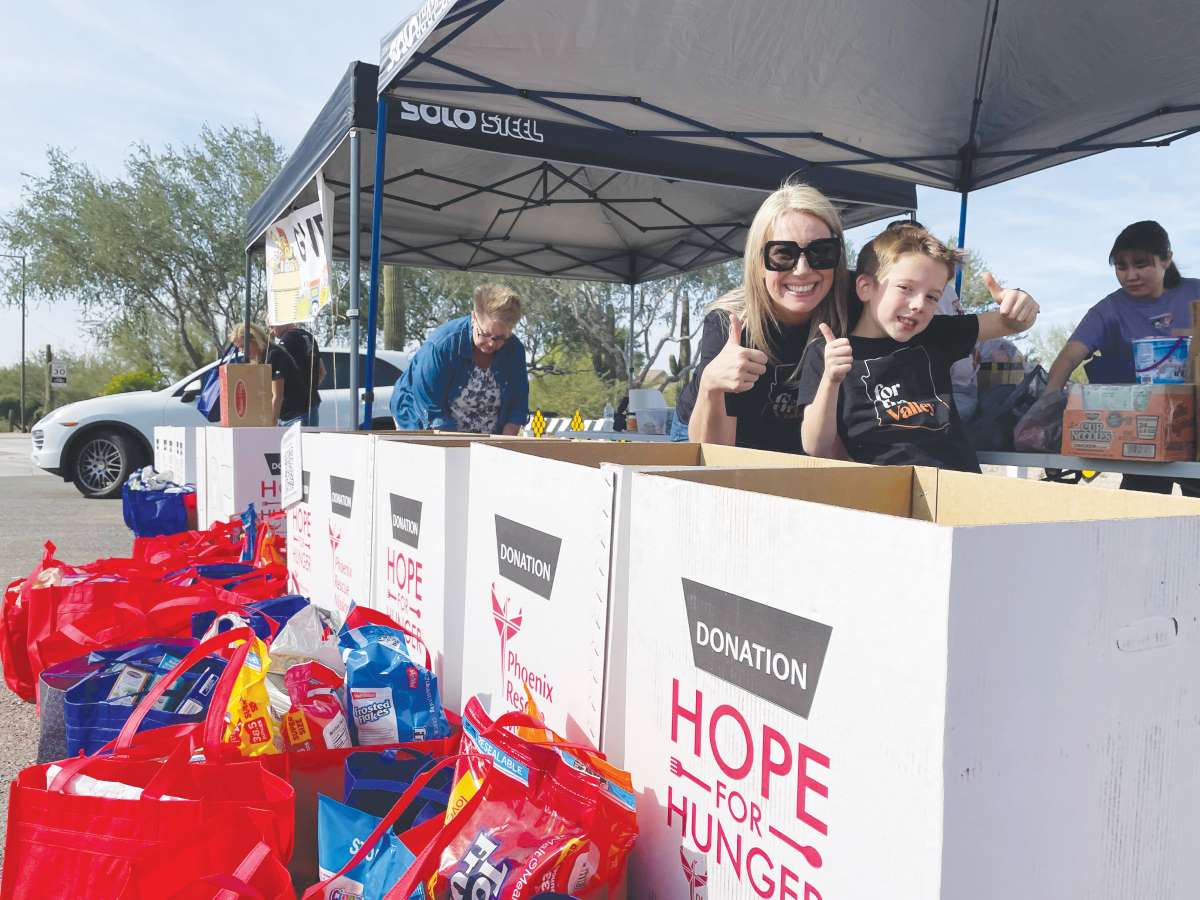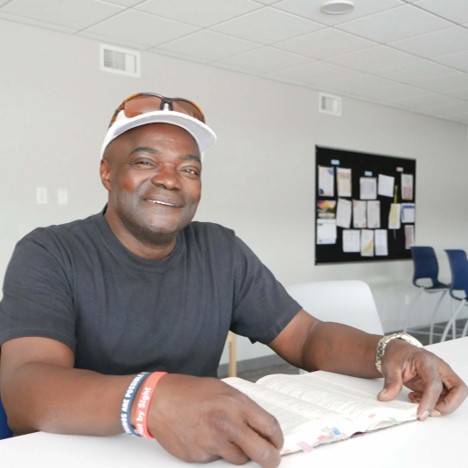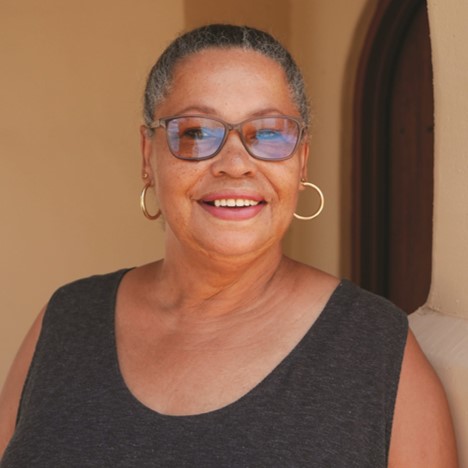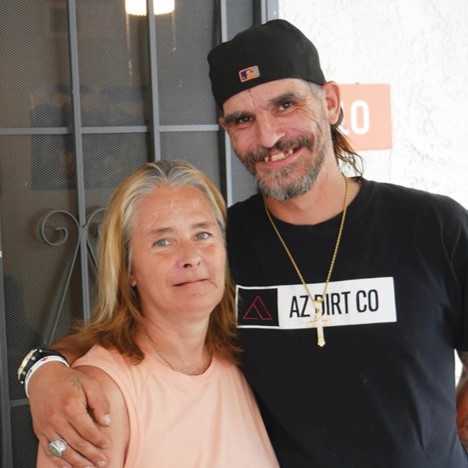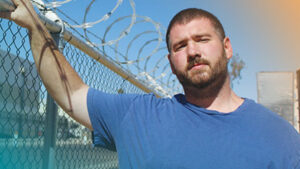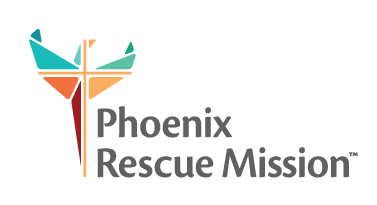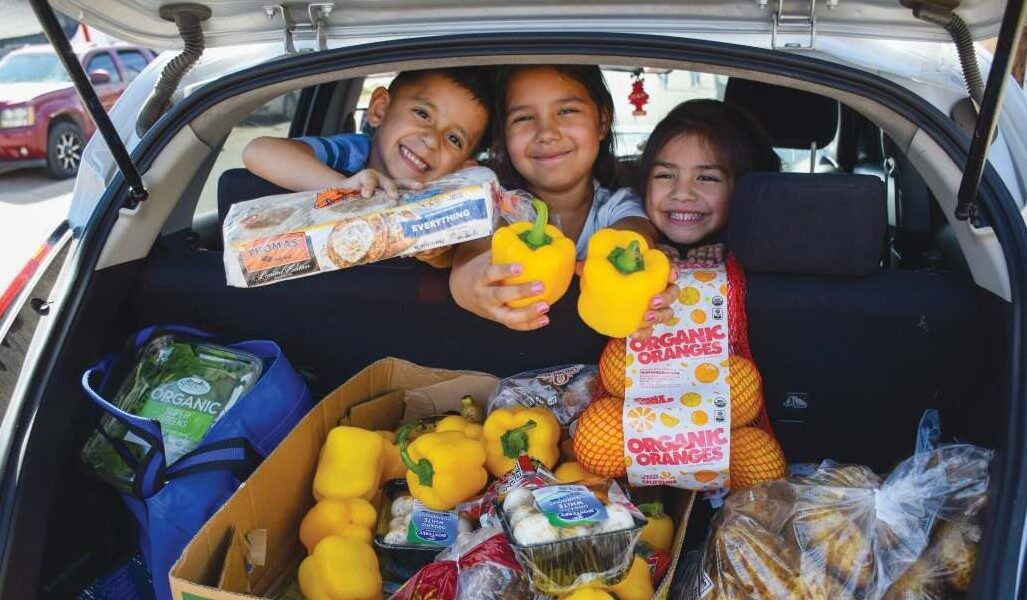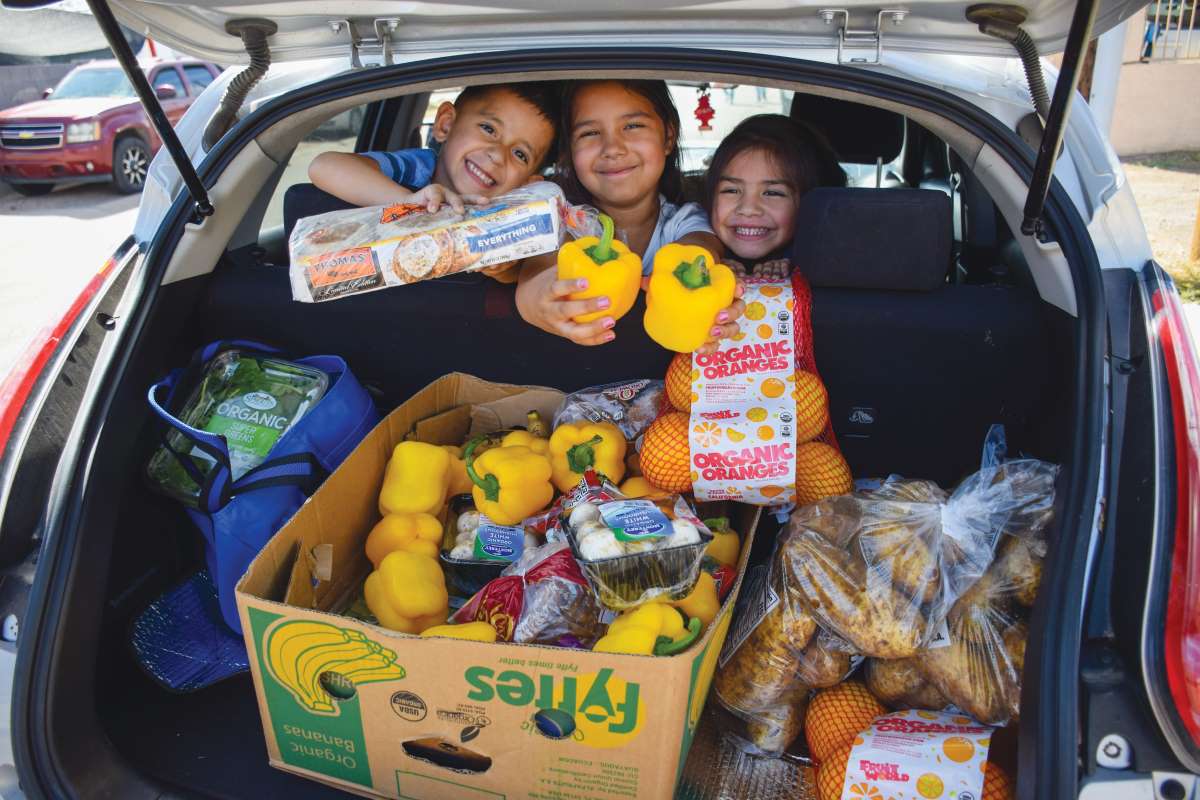
A New Way to Food Bank
We cannot wait for families to come to us. We must go to them.
By Nathan Smith, Chief Program Officer
The pandemic has shown us just how important it is to be flexible. It’s changed how we work, how we order food, and even how we get our groceries. Our Hope for Hunger Food Bank adapted as well, reformatting to serve drive-up lines and provide contactless forms.
But it’s not enough.
In my work at Phoenix Rescue Mission, I’ve seen the impact that barriers like a lack of transportation or the inability to afford healthy foods have on disadvantaged communities. I’ve seen children set up for lifelong battles with chronic health issues because their bodies are starving. The experience has made one truth abundantly clear: we can’t continue to wait for families to come to us.
We need to go to them.
It’s a truth I confirmed through a year-long research fellowship with Arizona State University’s Knowledge Exchange for Resilience.
After nine months of collecting data from nearly 10,000 individuals served at both our Hope for Hunger Food Bank and our current mobile food pantries, we found that minority and immigrant families are nearly 200% more likely to go to a mobile food pantry versus a brick-and-mortar pantry.
The results were clear: traditional food banks will always be essential, but to significantly reduce food insecurity, we needed to invest more in mobile outreach.
To that end, we’ve already begun bringing new mobile food pantries to underserved regions of the Valley known as “food deserts.” Every week, we’re serving up hope in new areas that lack fresh food, produce and other essentials.
It’s exciting! But this new outreach is dependent on financial support as well as donations of non-perishable food and hygiene items. In other words – hope like this doesn’t happen without friends like you!
Serving these areas will do more than fight hunger – it will open up opportunities to connect families to services aimed at ending poverty, like vocational development, job placement, emotional or mental health services, and addiction recovery services.
Our neighbors need our help. Let’s break down the barriers that prevent people from seeking help!
